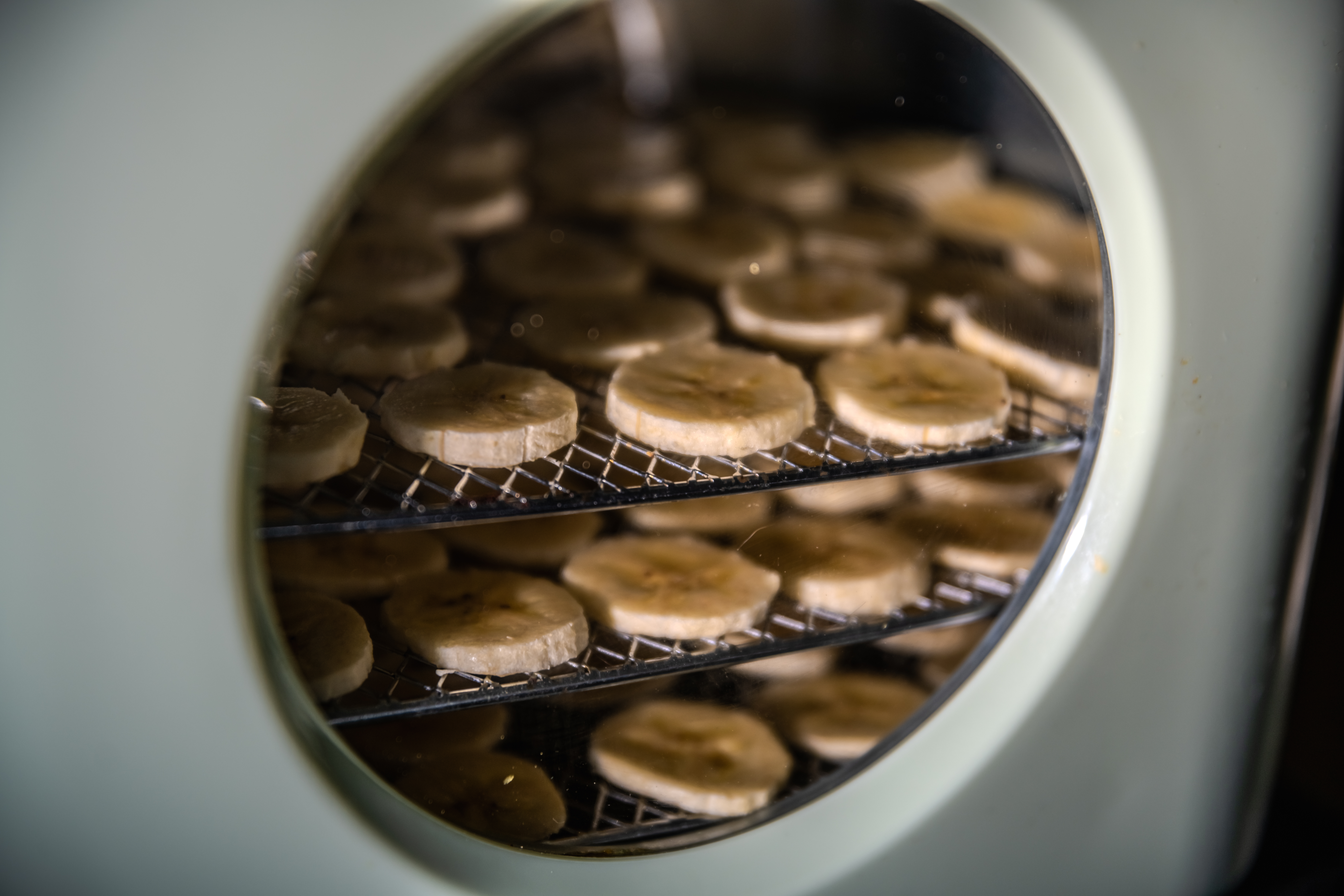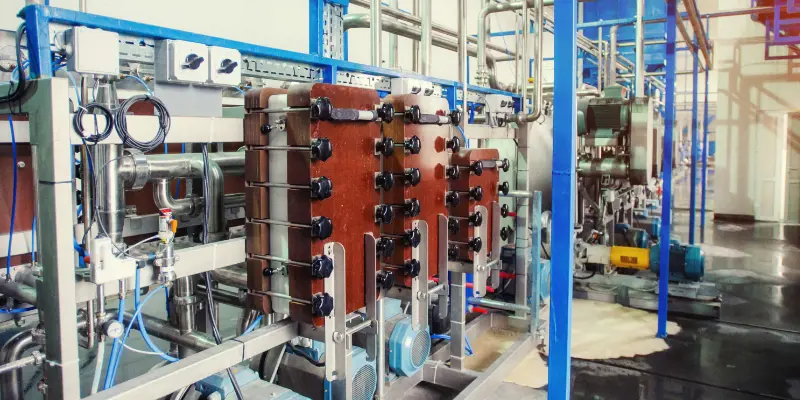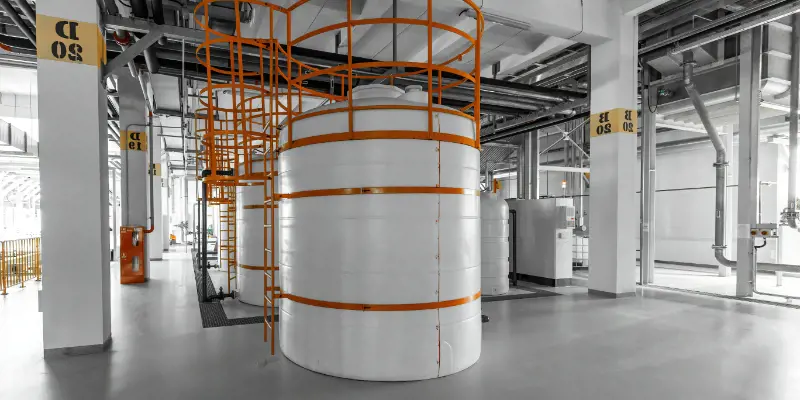Optimizing Drying Processes in the Food Industry
Optimizing Drying Processes in the Food Industry
1. Introduction
In food production, precise humidity control plays a critical role in ensuring product quality, shelf life, and energy efficiency. Whether drying nuts, fruits, or baked goods, achieving the correct moisture level is essential for maintaining texture and flavor while preventing spoilage. Traditional humidity sensors often fail in high-temperature drying environments, making an industrial high-temperature humidity sensor a necessary solution.

2. Challenges in Food Industry Drying Processes
Food drying operations present several challenges:
- High-Temperature Environments : Standard humidity sensors cannot withstand extreme heat conditions inside ovens and drying chambers.
- Inconsistent Moisture Levels : Without precise humidity monitoring, products may become overly dry or retain excess moisture, affecting quality.
- Energy Inefficiencies : Poor humidity control can lead to excessive energy consumption in drying processes.
3. The Benefits of a High-Temperature Humidity Sensor
Industrial high-temperature humidity sensor provides a specialized solution with:
- Temperature Resistance up to 180°C : Ensures reliable performance in extreme heat.
- Precise Humidity & Temperature Measurement : Maintains product consistency and prevents drying errors.
- 4-20 mA Output & Integrated Display : Allows real-time monitoring and control in food production facilities.
- Adjustable Offset Settings : Enables calibration for long-term measurement stability.
- Stainless Steel Probe Design : Ensures durability and easy installation in drying chambers.
4. Applications in the Food Industry
- Nut & Seed Drying : Prevents over-drying, preserving natural oils and flavor.
- Fruit & Vegetable Dehydration : Ensures consistent moisture content for extended shelf life.
- Bakery & Snack Production : Helps achieve perfect texture and crispiness.

5. Conclusion
A high-temperature humidity sensor is an essential tool for food manufacturers aiming to optimize drying processes. By enabling real-time monitoring, precise control, and energy-efficient operation, this sensor helps ensure consistent product quality and reduces production costs.
Looking to improve your food drying processes? Contact us today to learn how our high-temperature humidity sensors can enhance your production efficiency!
Related Posts

Chemical Dosing in Water Treatment Systems
In modern water treatment systems, accurate chemical dosing is essential to ensure proper purification, prevent scaling, and maintain optimal pH levels. Traditional dosing methods using mechanical flow meters often lack the precision and reliability needed for consistent performance. This is where an electromagnetic flow meter designed for small-diameter pipelines becomes an ideal solution.

Precise pH and Conductivity Monitoring in Water Treatment Plants
In modern water treatment plants, maintaining the correct pH and conductivity levels is essential to ensure water quality, regulatory compliance, and efficient chemical dosing. Without precise monitoring, facilities may experience inefficient treatment, excessive chemical usage, and potential environmental violations. Traditional monitoring methods often lack the necessary accuracy and automation features required for modern industrial water treatment.

pH and Conductivity Control in Industrial Cooling Towers
Cooling tower systems are essential for temperature regulation in industrial facilities, power plants, and HVAC systems. However, maintaining proper pH and conductivity levels is crucial to prevent scaling, corrosion, and microbiological growth. Inadequate monitoring can lead to equipment failures, excessive chemical use, and increased operational costs.

Efficient Liquid Level Control in Industrial Storage Tanks
In industrial facilities, accurate liquid level control is essential for operational efficiency, safety, and regulatory compliance. Storage tanks used in chemical processing, food and beverage production, and manufacturing require precise monitoring to prevent overflows, ensure consistent supply, and optimize inventory management. Traditional level sensors often struggle with reliability in harsh industrial environments, making radar level sensors the preferred choice.

Chemical Dosing in Water Treatment Systems
In modern water treatment systems, accurate chemical dosing is essential to ensure proper purification, prevent scaling, and maintain optimal pH levels. Traditional dosing methods using mechanical flow meters often lack the precision and reliability needed for consistent performance. This is where an electromagnetic flow meter designed for small-diameter pipelines becomes an ideal solution.

Precise pH and Conductivity Monitoring in Water Treatment Plants
In modern water treatment plants, maintaining the correct pH and conductivity levels is essential to ensure water quality, regulatory compliance, and efficient chemical dosing. Without precise monitoring, facilities may experience inefficient treatment, excessive chemical usage, and potential environmental violations. Traditional monitoring methods often lack the necessary accuracy and automation features required for modern industrial water treatment.

pH and Conductivity Control in Industrial Cooling Towers
Cooling tower systems are essential for temperature regulation in industrial facilities, power plants, and HVAC systems. However, maintaining proper pH and conductivity levels is crucial to prevent scaling, corrosion, and microbiological growth. Inadequate monitoring can lead to equipment failures, excessive chemical use, and increased operational costs.

Efficient Liquid Level Control in Industrial Storage Tanks
In industrial facilities, accurate liquid level control is essential for operational efficiency, safety, and regulatory compliance. Storage tanks used in chemical processing, food and beverage production, and manufacturing require precise monitoring to prevent overflows, ensure consistent supply, and optimize inventory management. Traditional level sensors often struggle with reliability in harsh industrial environments, making radar level sensors the preferred choice.
